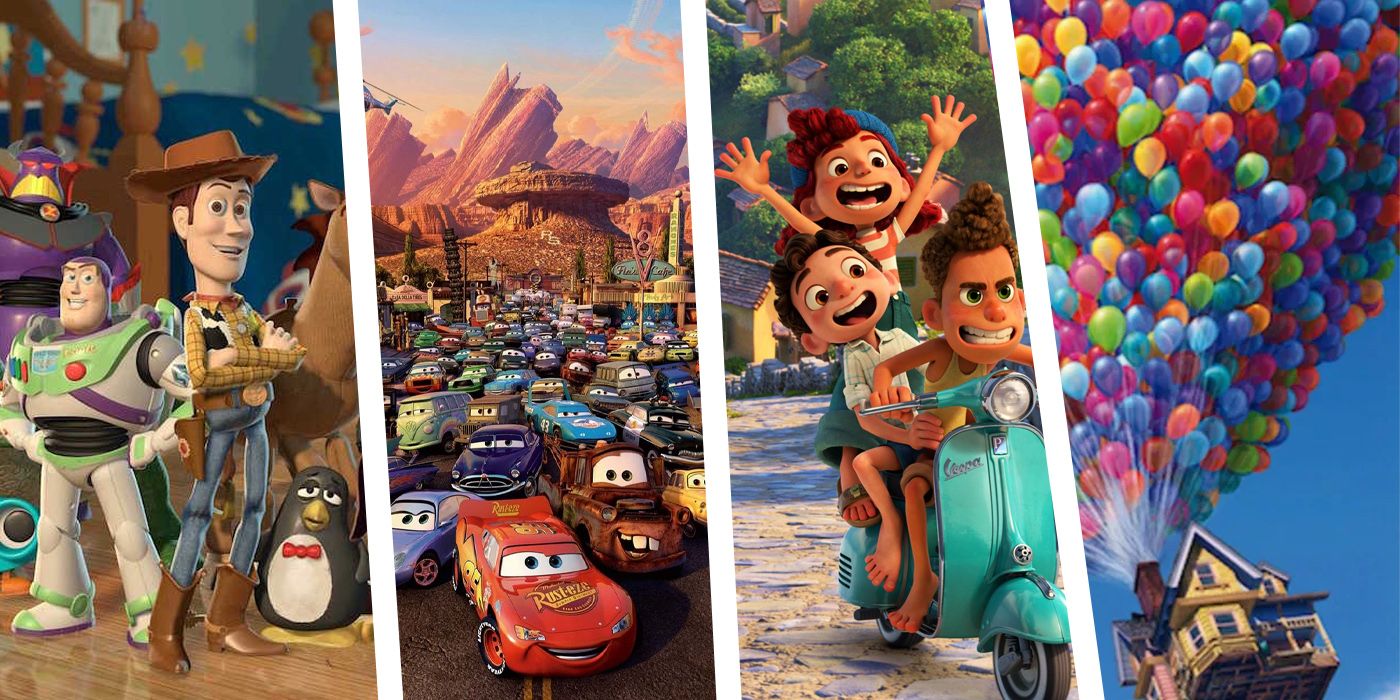
Here's how Pixar's catalog of animated classics rank following the release of Luca. From humble beginnings at Lucasfilm to being counted among the world's premier animation houses, Pixar's journey has been every bit as difficult and inspirational as the adventures of their CG protagonists. Graduating from short films and special effects, it was the 1995 release of Toy Story - the world's first fully CG-animated feature film - that set Pixar on the path to greatness. From there, Pixar became a vital cog in the Walt Disney wheel, spawning one successful franchise after another on a road replete with box office success and critical acclaim.
Pixar's latest release is Luca - a tale of sea monsters turning into humans on the Italian Riviera. Typically emotional, beautifully animated, and brimming with summer fun, Luca received a Disney+ premiere due to the impact of COVID-19 upon movie theaters. Reviews have been somewhat mixed toward little Luca Parugo, and as the curious amphibian settles into his place on Pixar's motion picture pantheon, it's worth revisiting exactly where each release ranks.
It should be said that Pixar has never released a truly bad movie. Some certainly sparkle more than others, but even Pixar's weakest efforts are beautifully rendered and offer plenty for kids and adults alike to enjoy. Indeed, most of this list is comprised of stone-cold classics that are incredibly difficult to separate. Regardless, here's our ranking of every feature-length Pixar movie following the release of Luca.

When Cars 2 is the absolute worst film a studio has ever made, it must be doing something right. The sequel to Pixar's talking automobile franchise is perfectly serviceable as a bright, brash cartoon that youngsters will happily lap up. But a jump-started Lightning McQueen stalls and splutters in the face of Pixar's usual standards. Lacking the magic other franchises ooze effortlessly, Cars 2 is crying out for the wit and universal appeal Pixar is known for, content to focus squarely on the frantic racing while characters and storytelling bring up the rear. Cars 2 is often cited as Pixar's most cynical moment - a sequel that didn't need to happen, and made plenty of cash regardless of quality.
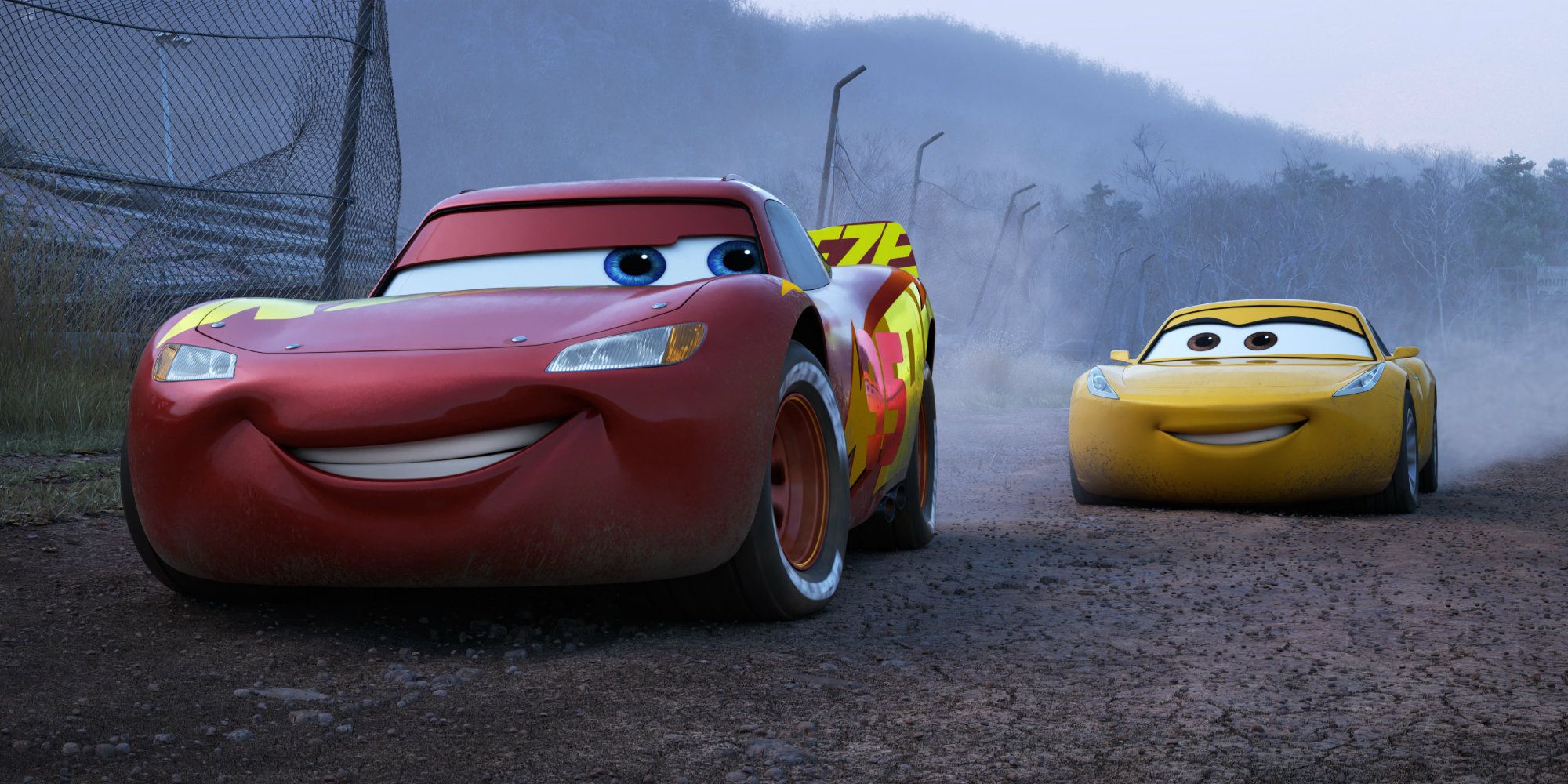
At least it's not Cars 2. The dishonor of Pixar's weakest movie is a photo-finish between Cars sequels, with the third in the series narrowly overtaking its predecessor. Addressing the criticisms Cars 2 ran into, Cars 3 revs up the story elements as Owen Wilson's cheery red racer realizes his glory days might be over. This premise leads Cars 3 on a more interesting curve that lends itself well to Pixar's talent for emotive storytelling. It's still a Cars movie though, meaning lighthearted, visually pleasing motor action that rarely ventures out of its lane. That Pixar's second-worst film is only mediocre speaks volumes about the rest of its output.
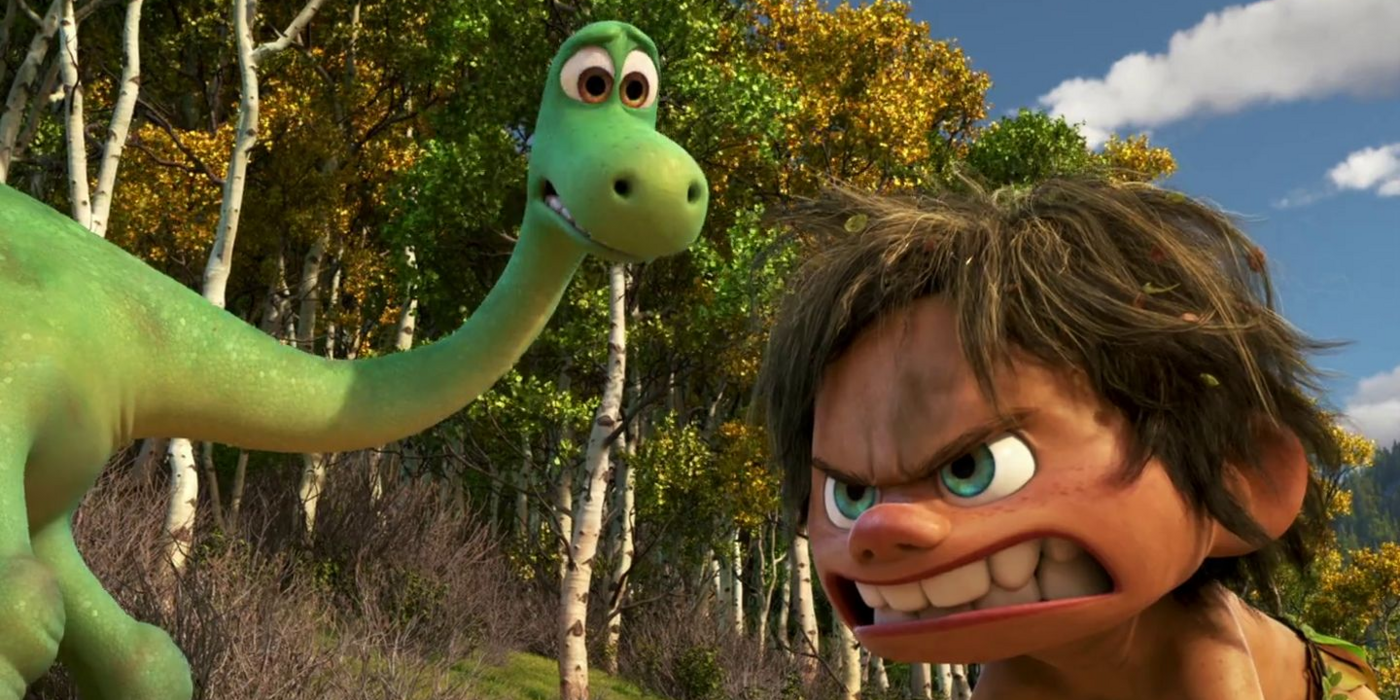
If the Cars series marks Pixar's first critical misfire, The Good Dinosaur is the studio's first proper box office flop. Truthfully, The Good Dinosaur is nowhere near as bad as its financials suggest. Based on the intriguing concept of Earth if the dinosaurs never went extinct, The Good Dinosaur's solid-but-unspectacular execution is as much to blame for its commercial failure as poor marketing. Where Pixar fans are accustomed to narrative layers and emotional resonance, this prehistoric tale offers only a taste of what the studio is capable of - perfectly enjoyable in the moment, but never leaving a footprint on the audience's hearts and minds. Though The Good Dinosaur brings some ambitious ideas to the table, chances of a sequel were quickly fossilized.
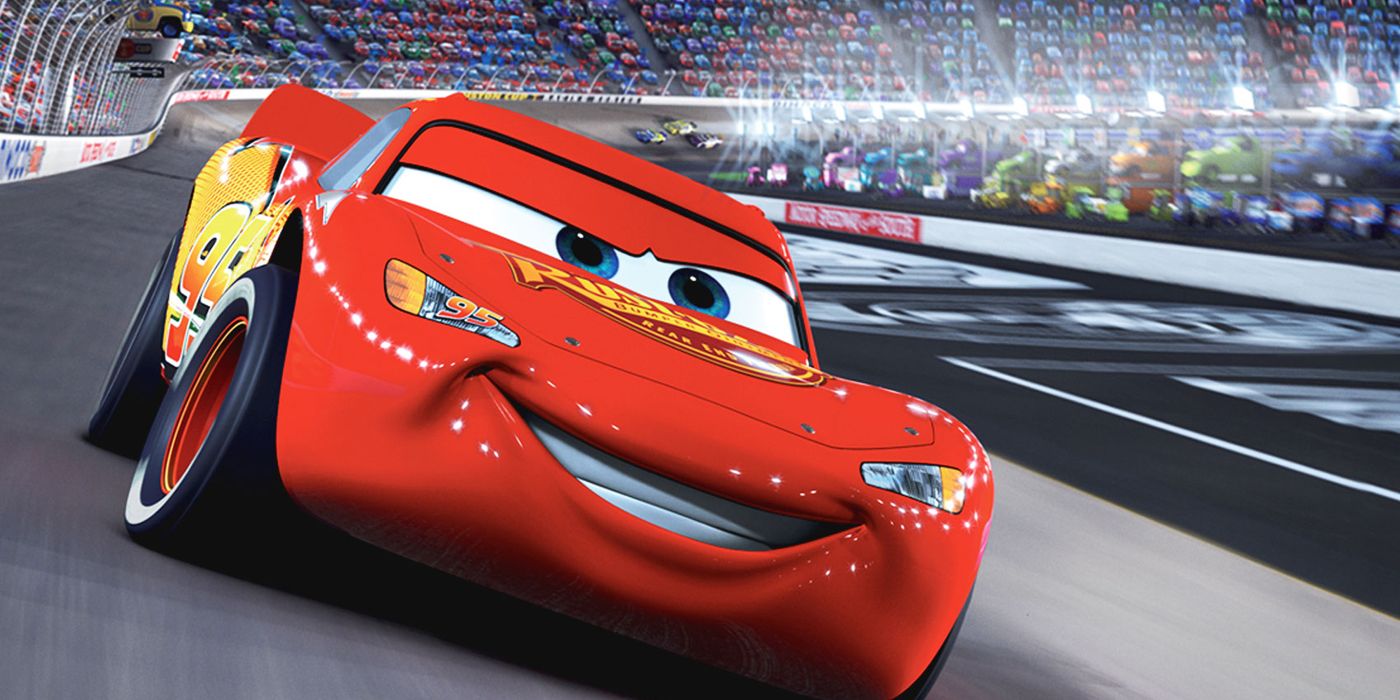
It's no secret that Pixar sequels seldom live up to their respective originals, but it's rare indeed that an entire franchise fails to please. Step forward, Cars - the only Pixar series that hasn't produced a single universally-loved outing. After bringing to life toys, bugs, fish and monsters, automobiles were the next logical target to anthropomorphize, but it's here that Cars' common problems of thin plot, narrow appeal and style over substance begin. While these issues would define later sequels, the original Cars has enough talent in its great cast and intrigue in its awe-inspiring premise to chug over the line. Cars might resonate more deeply than its successors, but it still lacks the cinematic weight of almost everything else with a Pixar sticker.
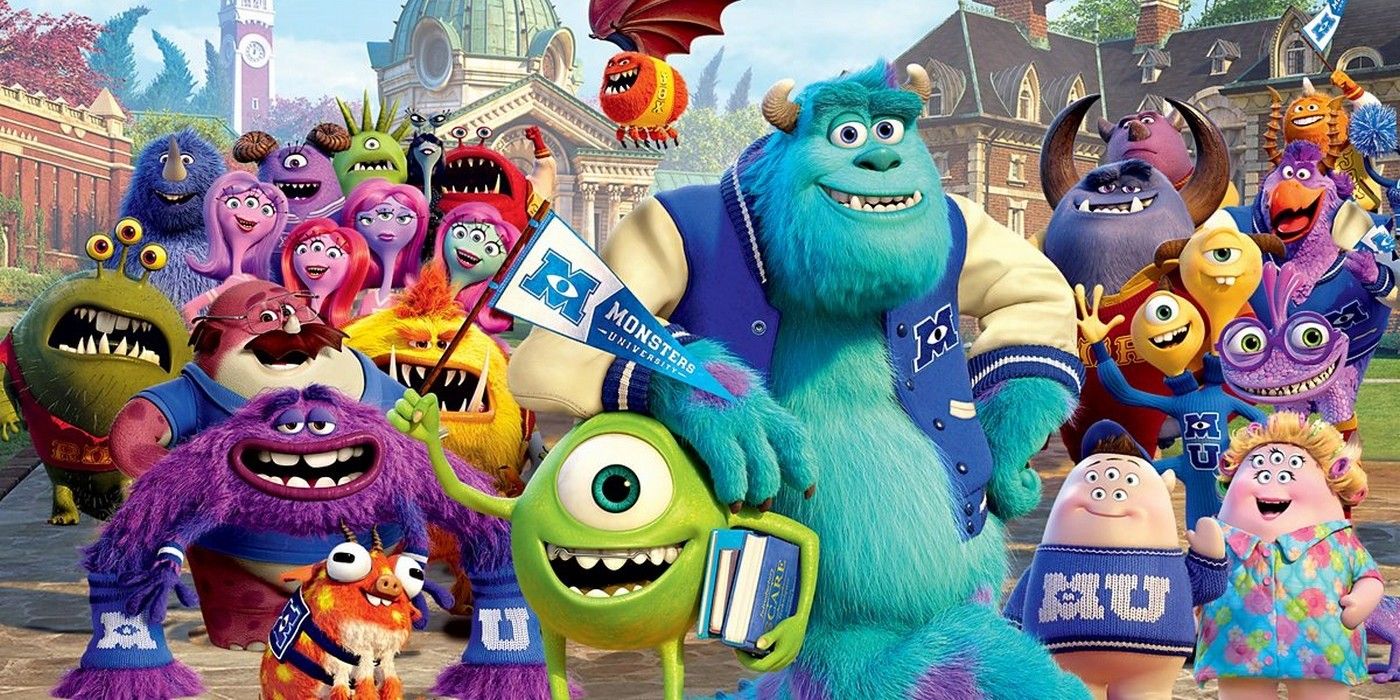
The long-awaited follow-up to Monsters, Inc. takes the form of a prequel set during Mike Wazowski and James P. Sullivan's college years. Though this wasn't necessarily a story fans were longing to see, Monsters University makes the most of its situation and coaxes plenty of comedic shenanigans out of Mike and Sulley's early rivalry. Beyond explaining how the pair came to know each other, however, Monsters University adds little to the first film, playing safe and relying heavily upon the audience's existing love for the characters. On the other hand, Monsters University's college setting successfully expands Pixar's world of hairy beasts, and the original charm of Mike and Sulley remains mercifully fruitful. A good film burdened by the unabashed greatness of its predecessor.
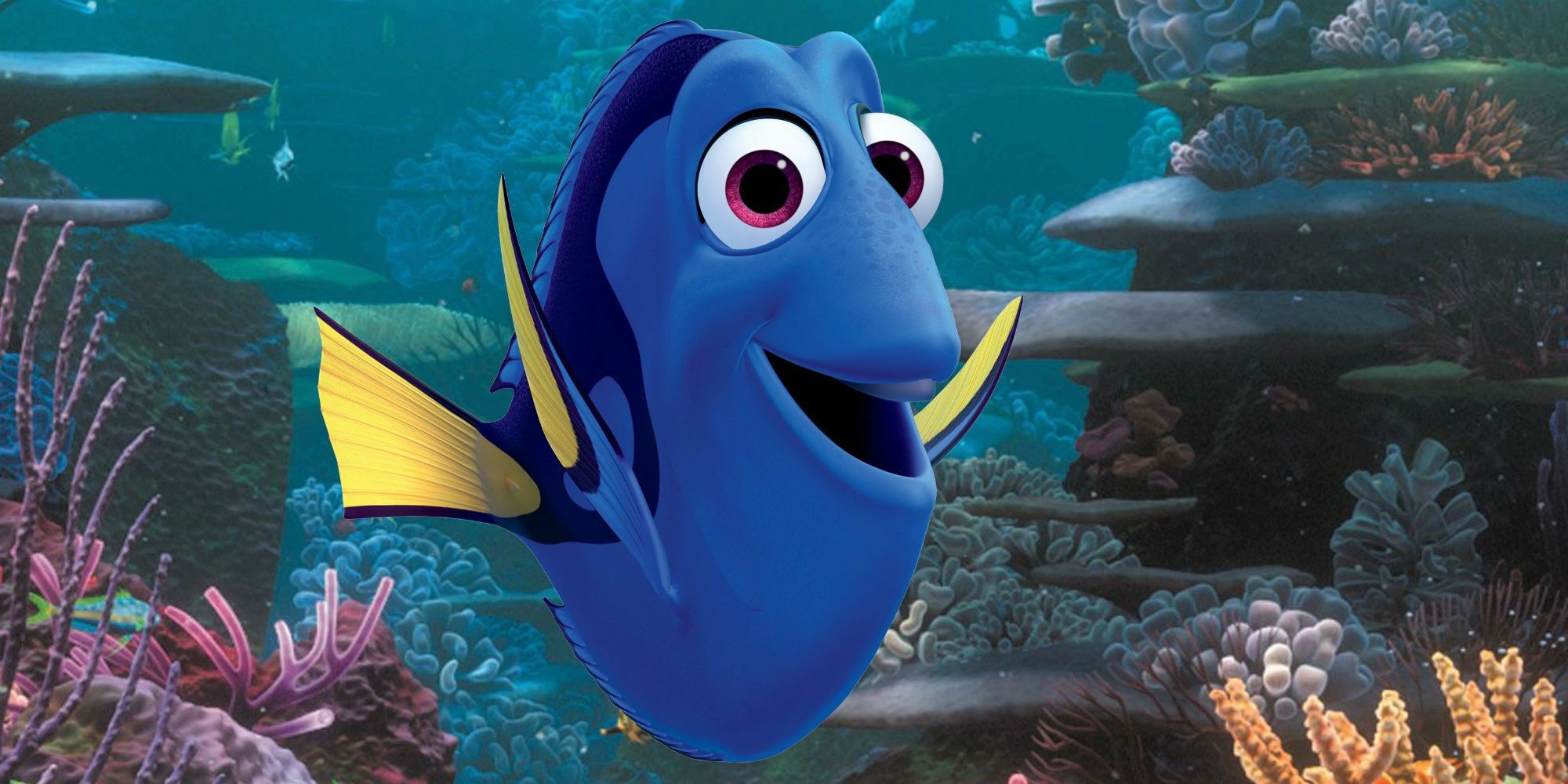
Much like Monsters University, Finding Dory wasn't the sequel fans were calling for, and though Pixar deserves credit for at least trying to avoid predictability, that initial lack of interest hampers an otherwise strong Finding Dory. Focusing on Ellen DeGeneres' amnesiac blue tang, Finding Dory succeeds where many Pixar sequels don't, coming perilously close to matching the emotional impact and sense of wonder audiences felt experiencing Finding Nemo for the first time. That Finding Dory's story works in isolation is a huge benefit, and the gut-punch revelations from Dory's notoriously unreliable memory work as well as anything from the first film. There's still an overriding sense that Finding Dory didn't need to happen, but try telling that to Disney, who raked in more than $1 billion at the box office.
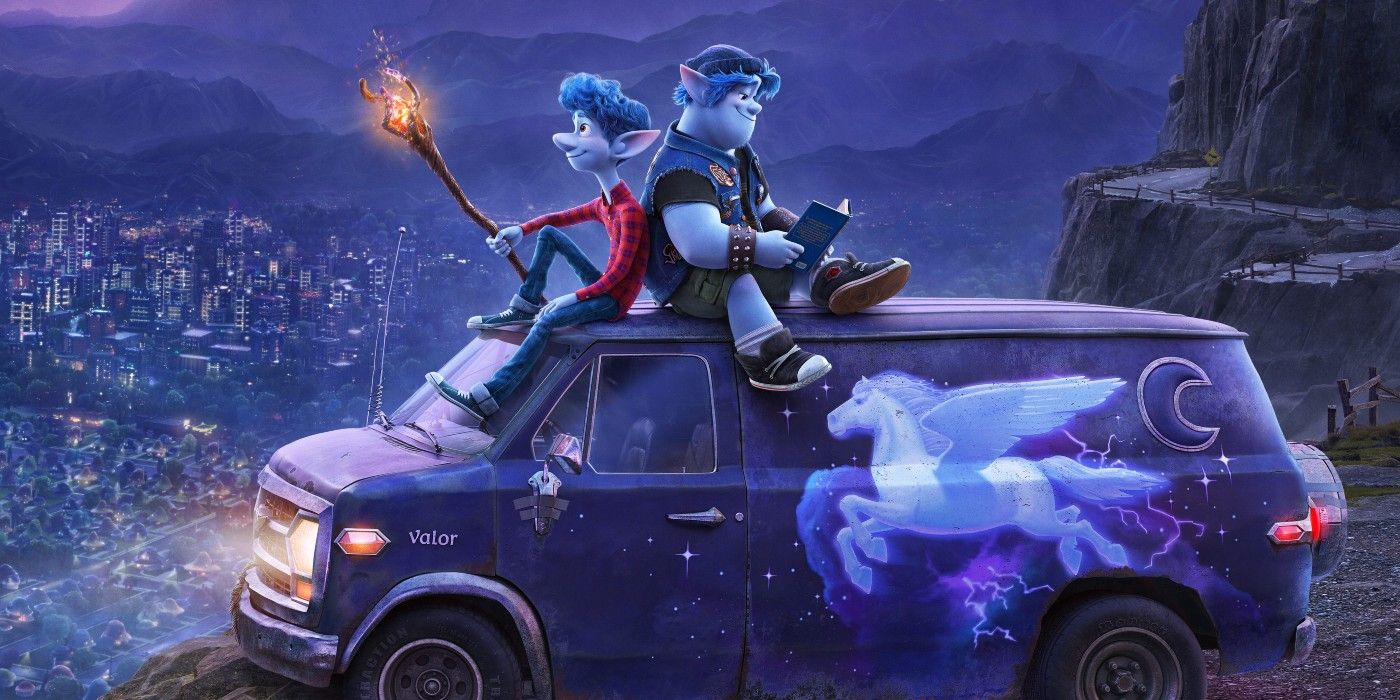
When Pixar resolved to focus solely upon original stories in the wake of Toy Story 4, many applauded the artistic integrity. Onward was the first of these productions, and had the misfortune of releasing in March 2020. COVID-19 obviously had a profound effect on Onward's box office, but early reaction during the film's short theatrical run was already looking underwhelming. Set within a world of magic and fantasy, Onward stars Chris Pratt and Tom Holland as two brothers looking to revive their deceased father for a single day. The chemistry between their characters underpins the entire movie, and Onward's lofty themes are dealt with in typically uplifting-yet-sensitive fashion. Onward doesn't quite engage viewers at every stage of the journey, but remains a worthy addition to Pixar's canon that might've been appreciated more without a pandemic.
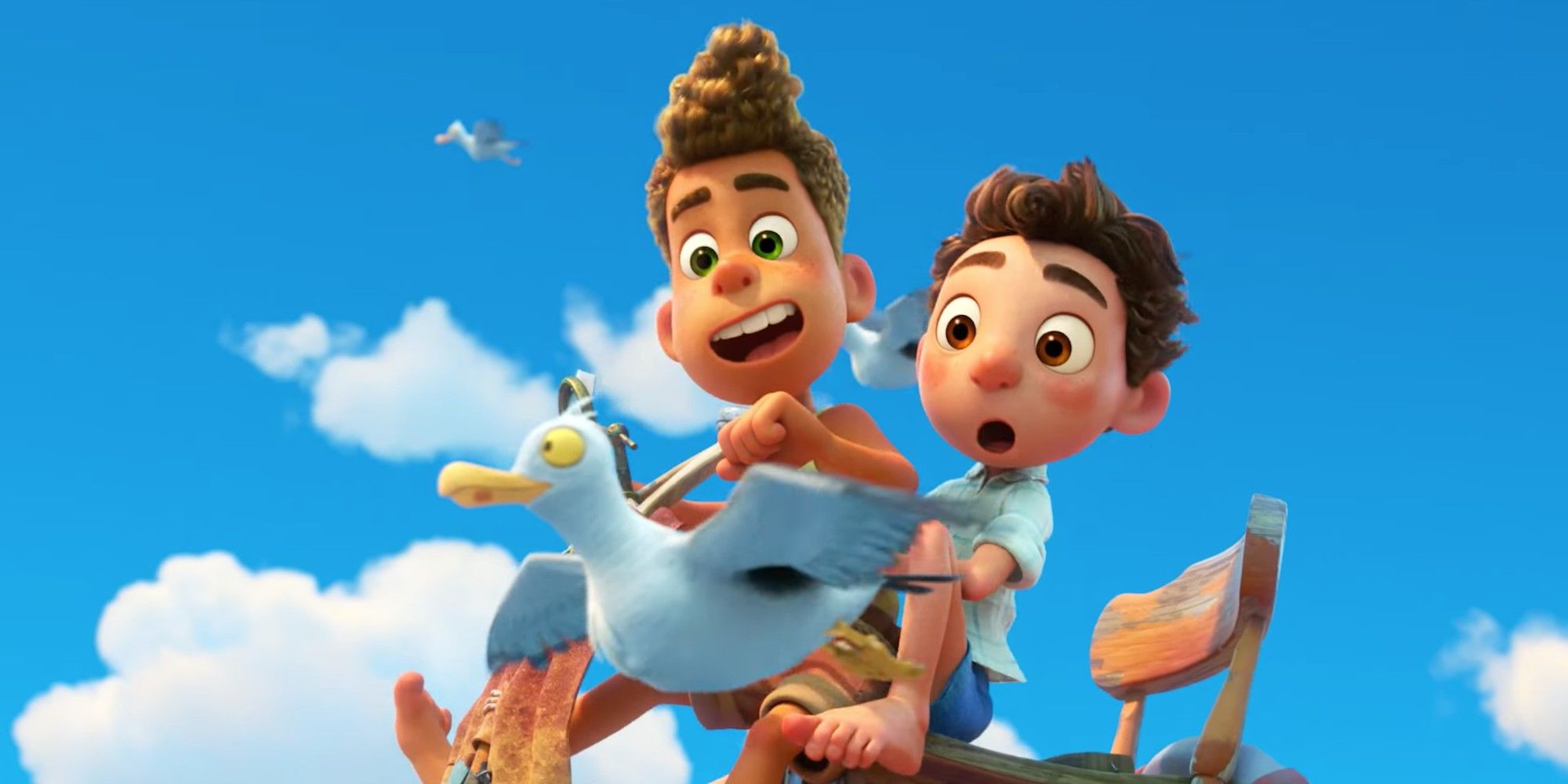
The latest tapestry to emerge from Pixar's movie-making loom, Luca encompasses some of the finest visuals the studio has ever animated, rendering sun-soaked Italy and the sea monsters' underwater realm with equal beauty. Released in the summer of 2021, Luca successfully captures the spirit of young children exploring during warm-weather holidays, championing values of curiosity, friendship and equality. Not entirely dissimilar from Monsters University and The Good Dinosaur, Luca's biggest criticism is the lack of depth - a missing layer that might've elevated an attractive and engaging romp into a memorable classic that audiences can revisit time and time again, like a fond summer memory.
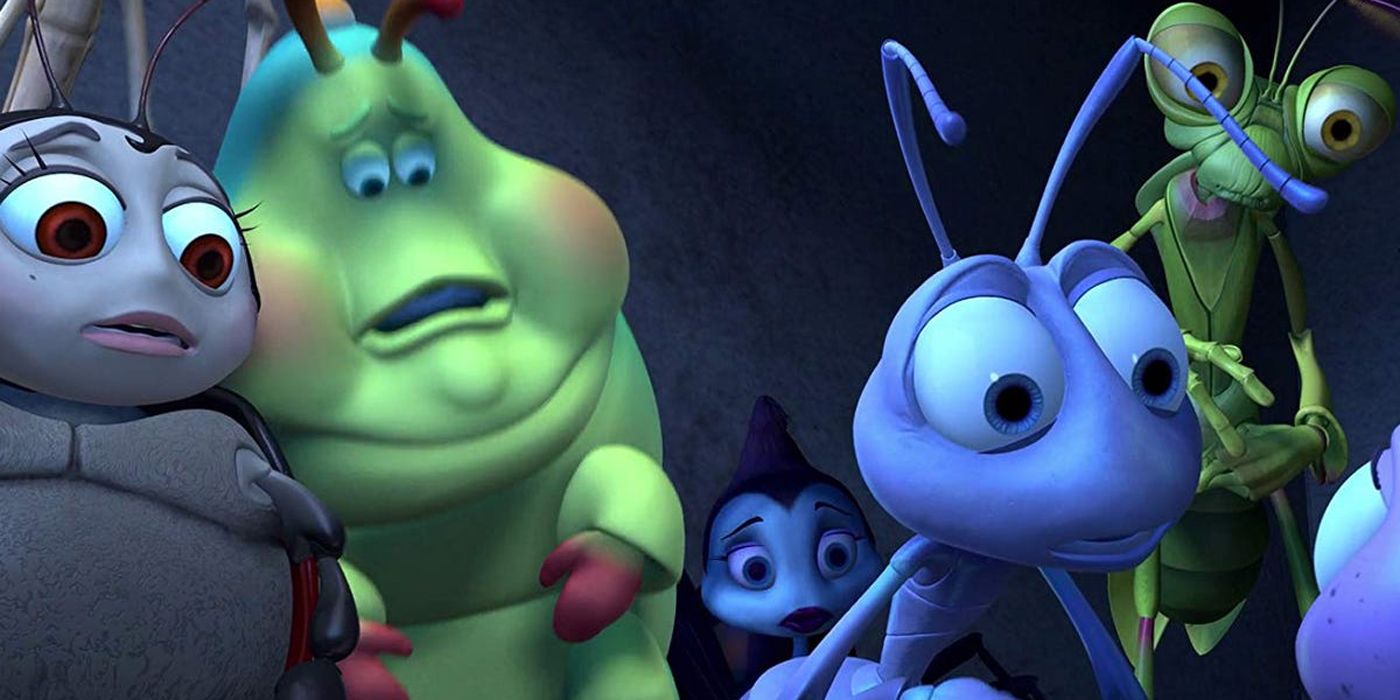
One of Pixar's earliest efforts still holds up, despite not sharing the classic status of its contemporaries. Borrowing liberally from Seven Samurai, Pixar's second release confirmed the hottest new studio in town was no one-hit wonder and, even more so than Toy Story, established the core Pixar principles that still hold true today. Everything about this microscopic adventure appeals to both the inner child, and the actual child sitting next to you in the theater, with earnest characters fighting back against a dangerous evil. It's creepy-crawly fun and games that doesn't shy away from mature themes, and though releasing so soon after Antz probably wasn't ideal, A Bug's Life remains an underrated entry in the Pixar world.
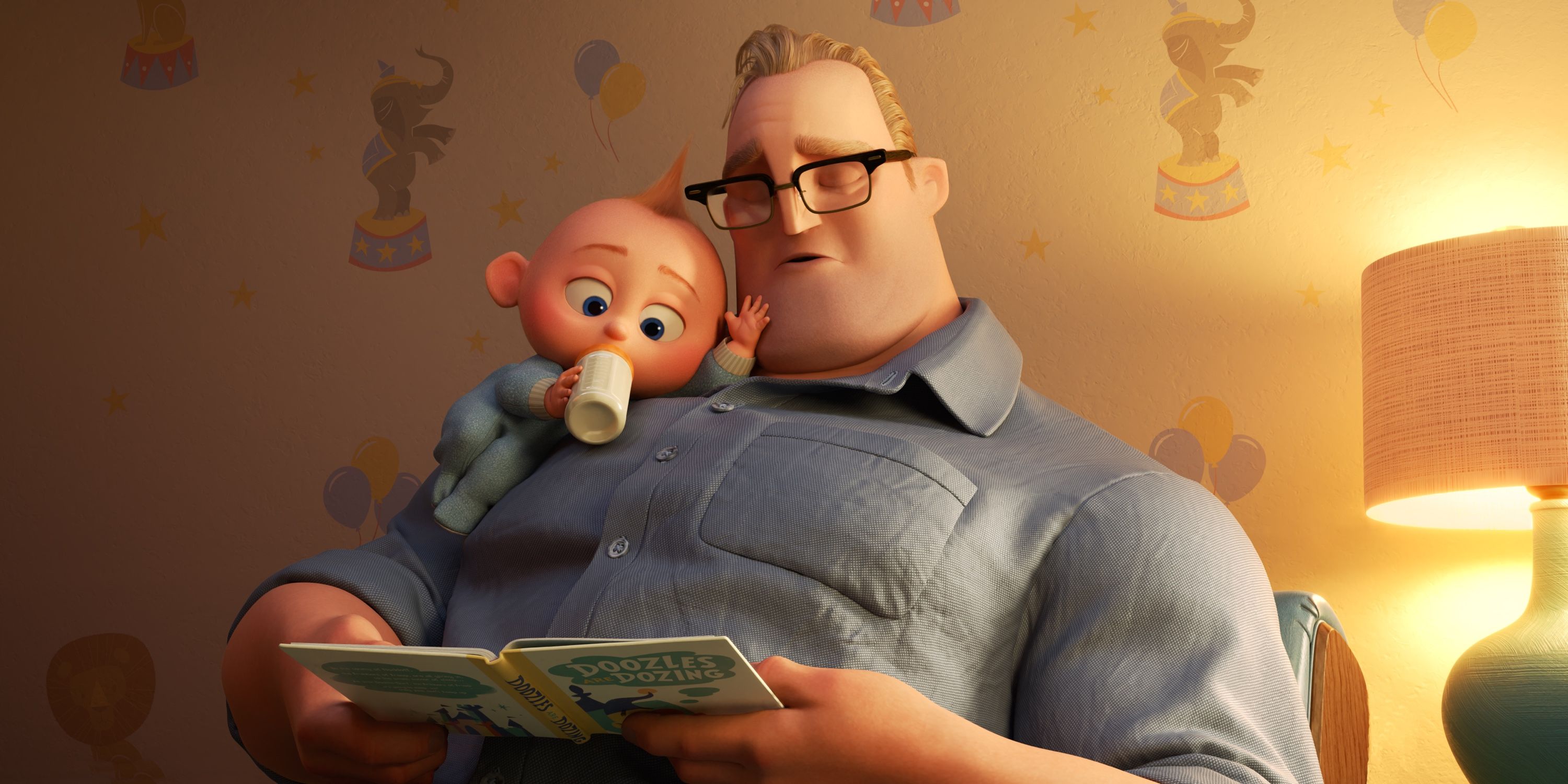
The most eagerly-awaited of Pixar sequels, Incredibles 2 carried ridiculously high expectations but, despite initial buzz, the follow-up wasn't as super as Brad Bird's 2004 original. Unlike some Pixar franchises, Incredibles 2 doesn't rely on name value or retread old ground, presenting plenty of fresh ideas and new twists to the Parr family's superhero lifestyle. Jack-Jack is a delight, and the original's deft balance of comic book action and family drama remains true. Nevertheless, it's telling that calls for Incredibles 3 are muted. The superhero sequel fails to develop its antagonist as effectively as the first film's classic Syndrome, and there's an inevitable air of diminishing returns exacerbated by the long gap between movies.
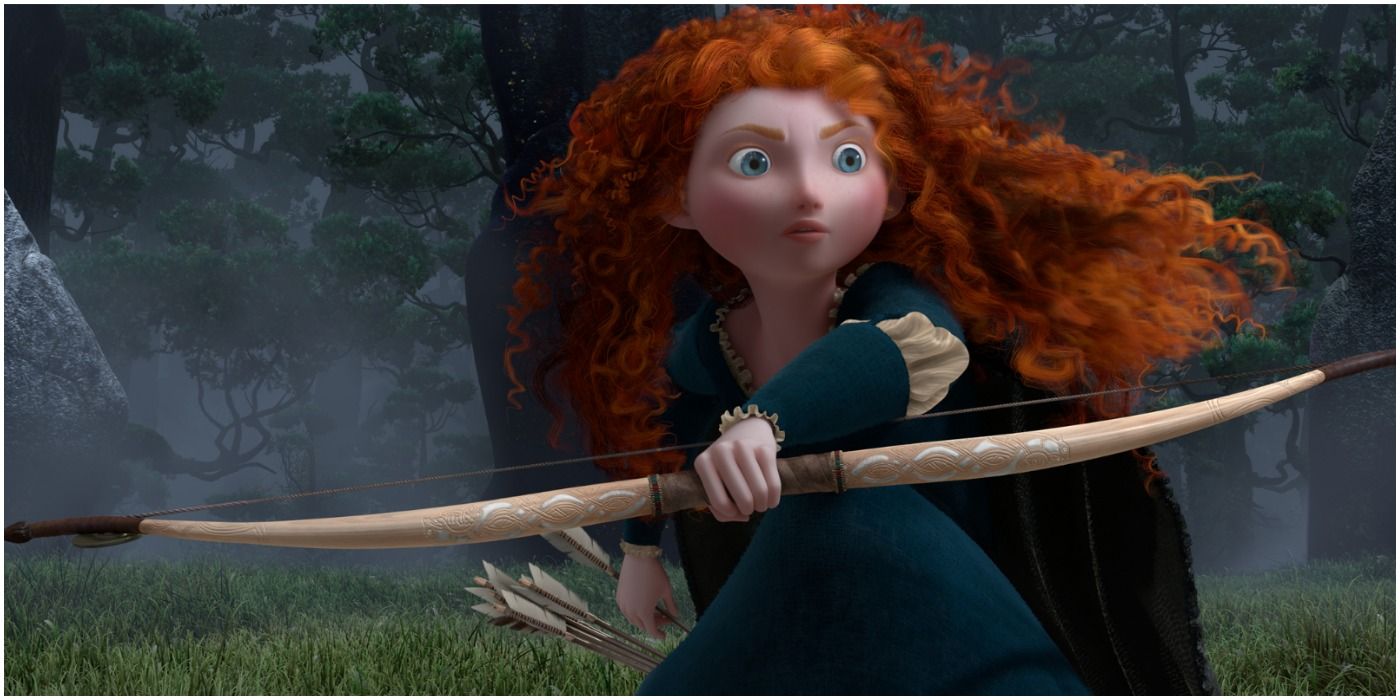
It took Pixar 13 films before someone realized a female protagonist might be a good idea, but not only does Brave move into uncharted diverse territory, it's a rare example of the studio employing a historical setting. Merida rightly serves as the heart of Brave, and her impact upon the Disney brand remains visible almost a decade on. Though the Scottish princess is Brave's undoubted highlight, the film's fairy tale environment makes for a refreshing change, while Merida's family dynamic is presented in a not-at-all-straightforward light that many viewers can relate to (apart from the bear bit). Brave's pacing doesn't quite lead to the climax Merida deserved, but this is a compelling cautionary tale nonetheless.
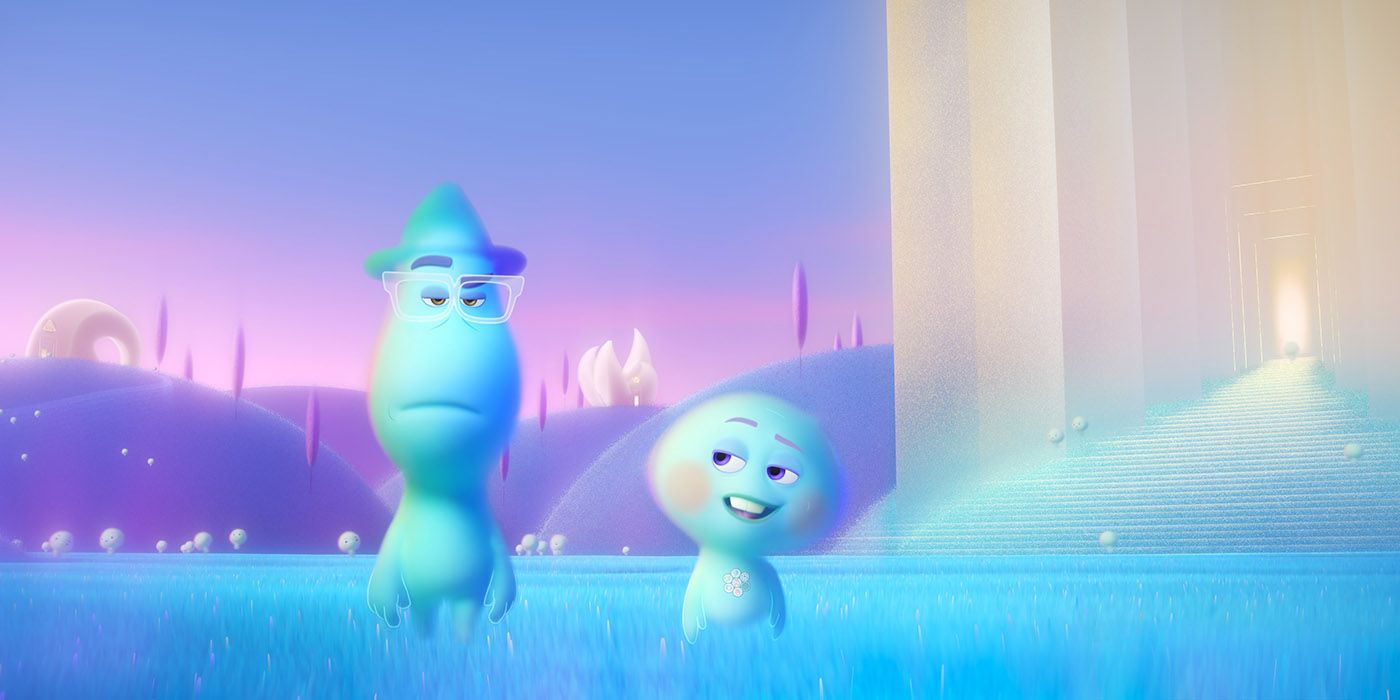
The second Pixar project to release during the COVID era, and the first that premiered exclusively on Disney+, Soul brings together the unusual bedfellows of jazz music and the afterlife. This maverick combination is grounded by a wondrous score from Trent Reznor and Atticus Ross - two names you wouldn't immediately associate with the jazz genre. Hailed by many as proof that Pixar hadn't lost its touch in 2020, Soul is ambitious, original and inspiring in equal measure, hitting all the poignant notes fans have come to expect. Though the pacing falls away somewhat, Soul's true stumbling block has been the criticism of its Black lead. Many have stated that Joe Gardner fails as a well-rounded depiction of a Black man and could've done much more to avoid racial stereotypes.
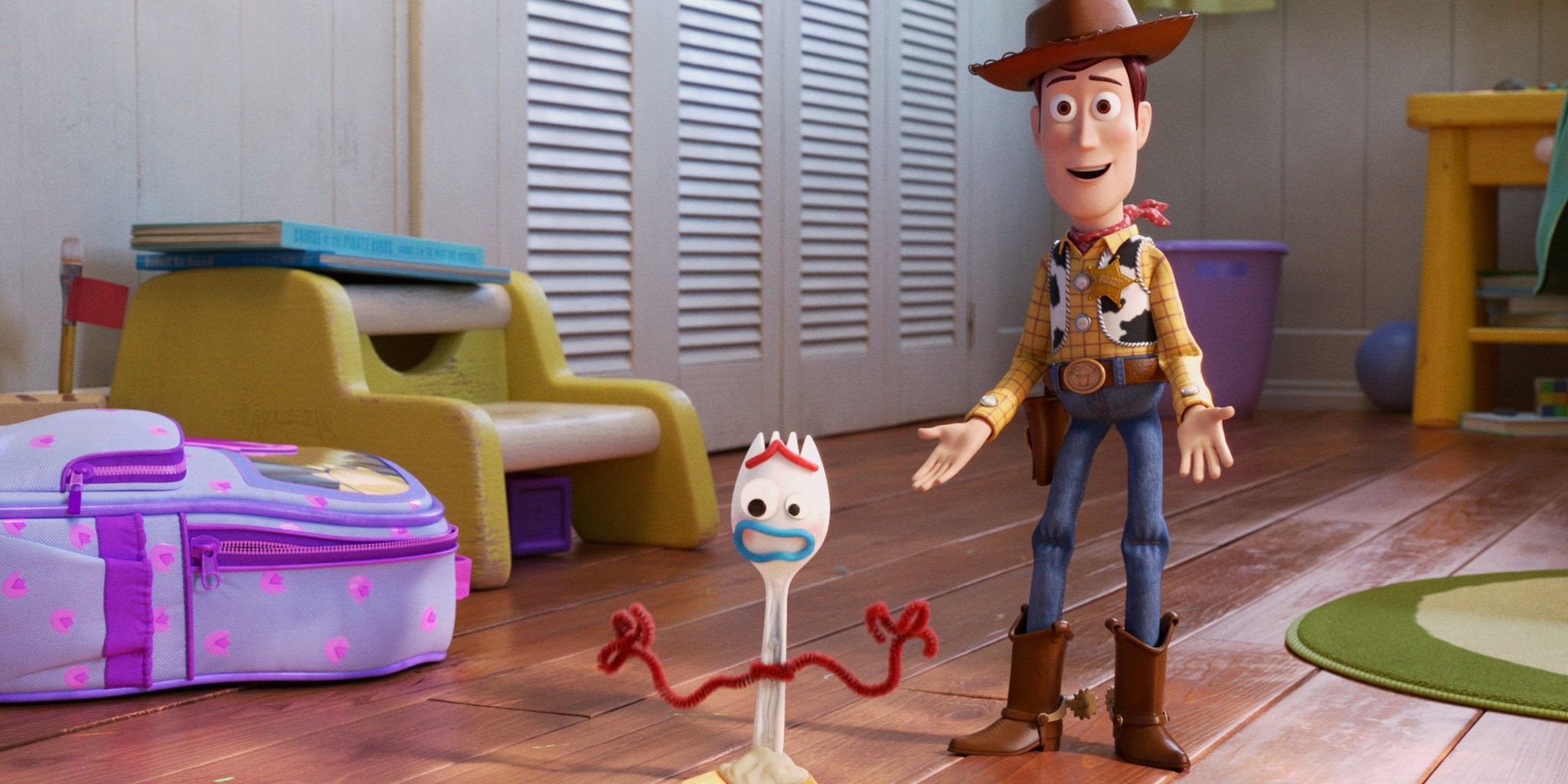
The note-perfect ending of Toy Story 3 meant few were expecting (or wanting) a fourth visit to this iconic franchise. Disney and Pixar had other ideas, and Toy Story 4 landed in 2019. On one hand, Toy Story 4 still includes all of the essential Toy Story ingredients. Tom Hanks and Tim Allen are great, the gags land consistently, and the carnival setting neatly broadens the toy universe through creepy dolls, lost toys and... plastic utensils? The return of Annie Potts as a toughened-up Bo Peep is inspired stuff, and marks a very welcome return for the staff-wielding shepherd. Even so, Toy Story 4 feels more akin to a side-story than a true fourth chapter in the series - closer in style to animated shorts Toy Story of Terror and Toy Story That Time Forgot. Reconciling the end of Toy Story 3 with the fourth movie's plot is trickier than it should be, and the divisive Forky lacks the charm previous newbies such as Jessie and Ken showed from the start.
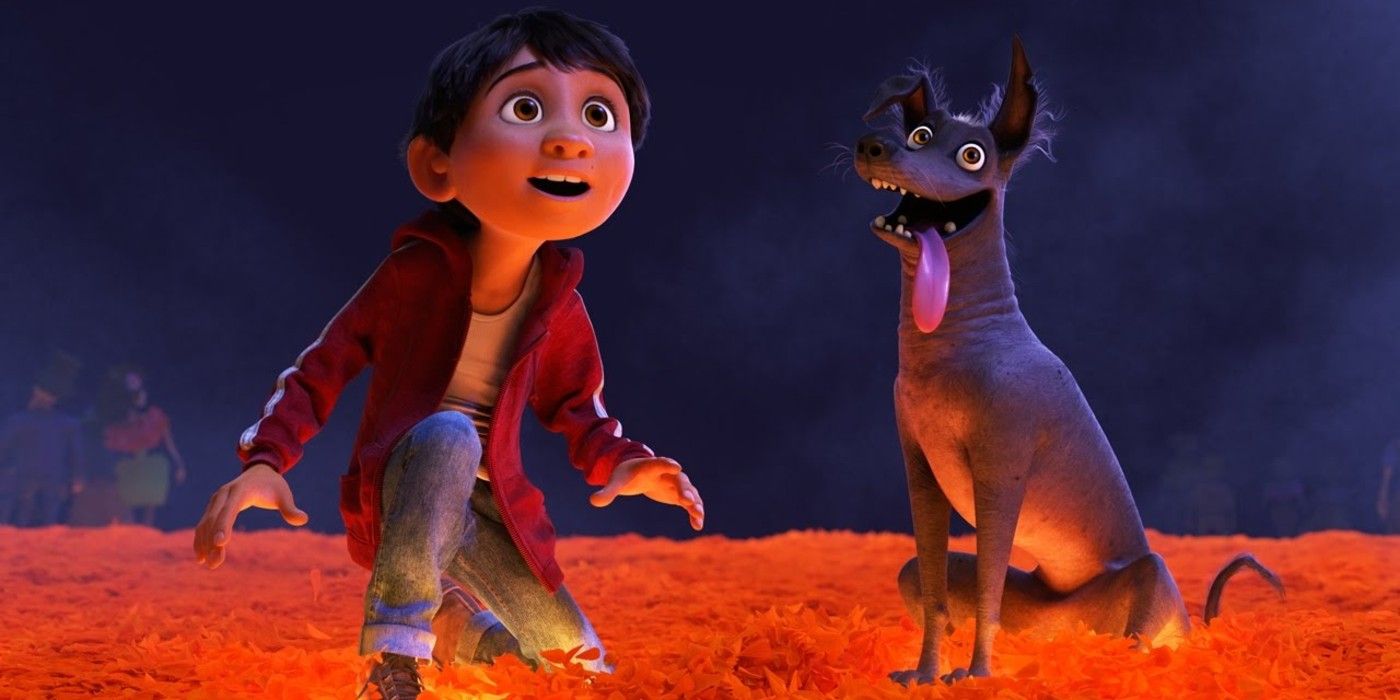
Soul wasn't the first time Pixar sought to blend death and music - Coco got there a whole three years earlier. Swapping the jazz aesthetic for Mexican culture, Coco rivals any of Pixar's classics in terms of stunning CG, memorable songs, and heart-wrenching storytelling with timeless appeal. Starring a young aspiring musician chasing dreams his family refuse to support, Coco follows Miguel's nail-biting escape from the Land of the Dead and his quest for ancestral answers. Coco isn't perfect by any means, but the sincerity of its world and characters papers over the cracks, encouraging the audience to be forgiving in light of the film's many charms.
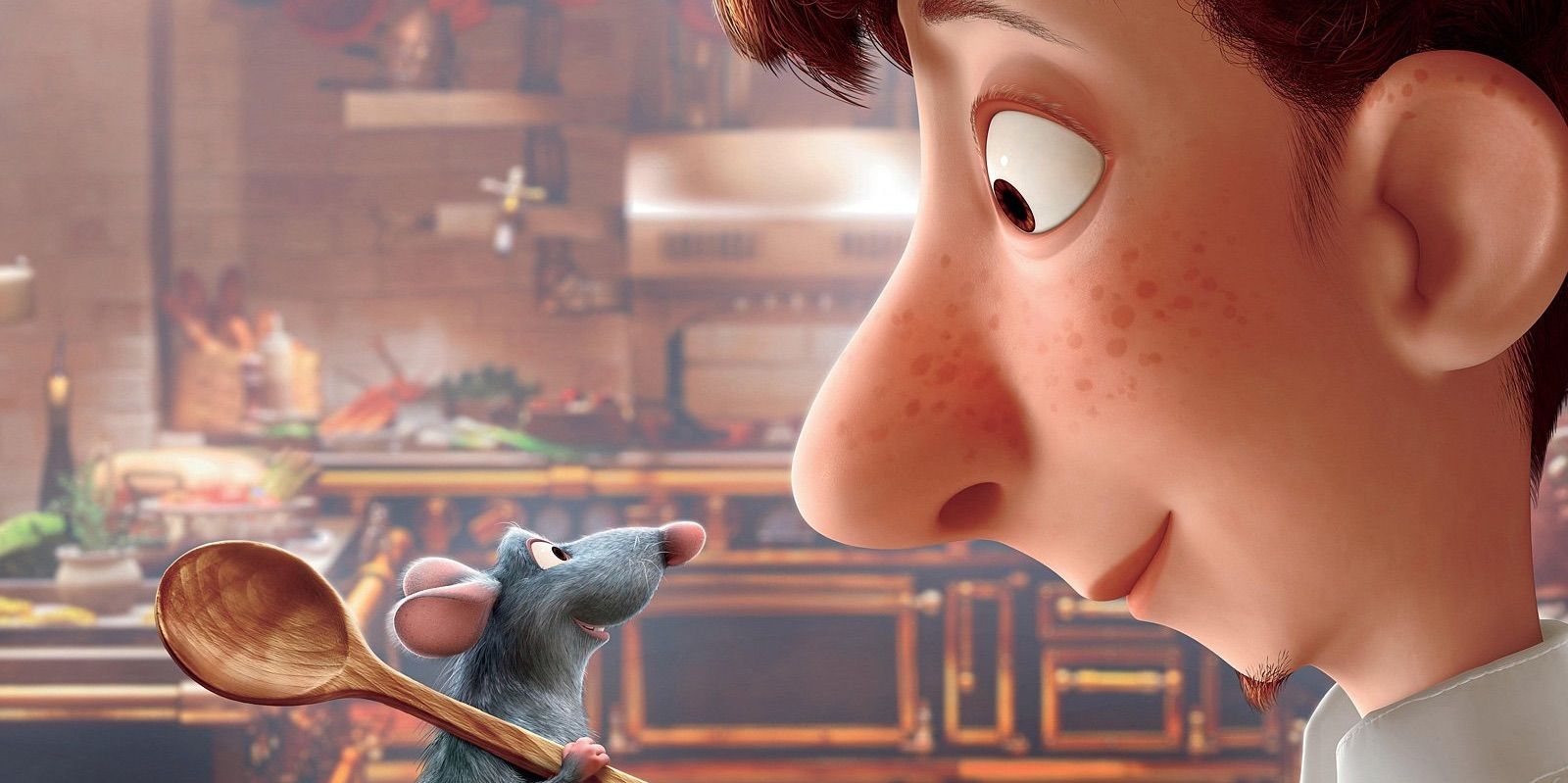
Of all the mad ideas to emerge from Pixar's California HQ, a chef being controlled by a rat must've been the hardest to sell. A refreshingly small-scale concept, Remy is a talented chef with a palette way more sophisticated than your average sewer-dweller. Unfortunately, kitchen jobs are hard to come by in Paris, and even more so for rodents. By hiding underneath the hat of Linguini, however, Remy fulfills his culinary ambitions in an enchanting animation that carefully infuses slapstick restaurant hi-jinks with an all-too-relatable story of acceptance, passion and individuality. Despite being a quieter affair than Pixar regulars might be accustomed to, Ratatouille never drags or dips, and never panders to cartoon convention. The best testament to Ratatouille's success is how for every food expert who loves the film, there's ten more who were inspired to cook for the first time.
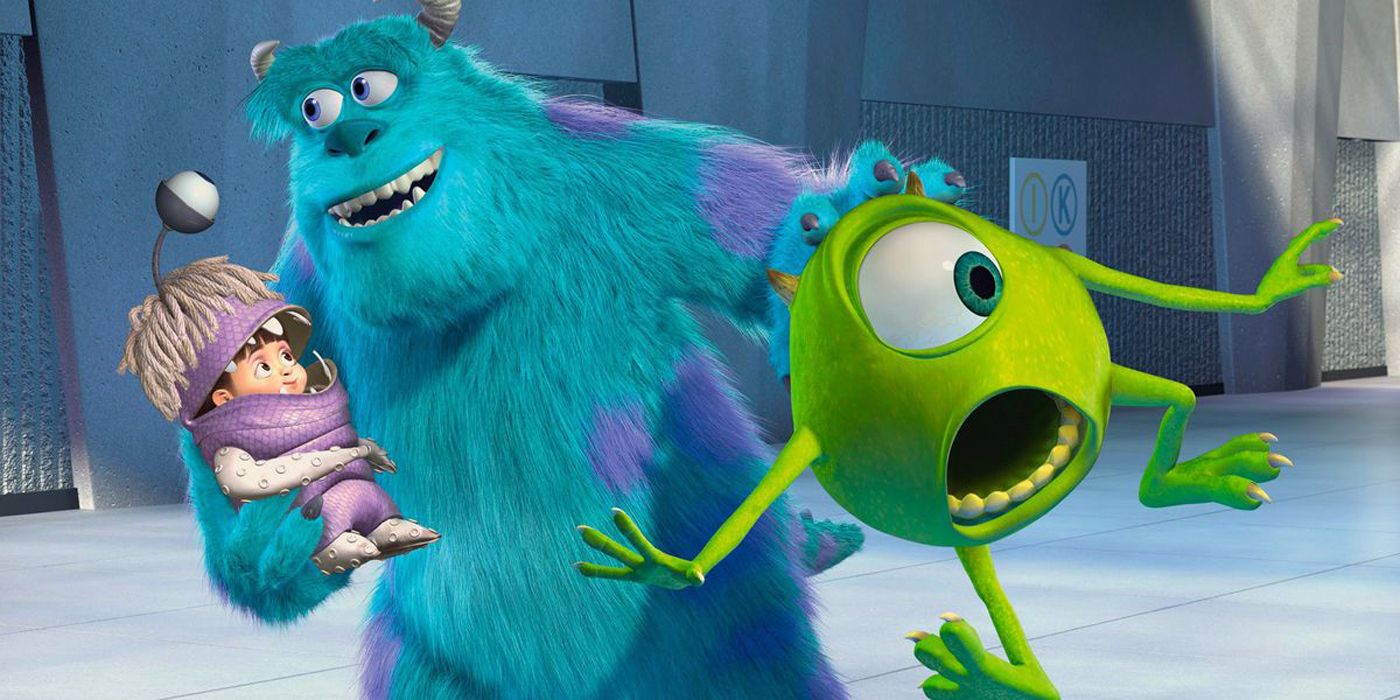
If Pixar is the King of Concepts, Monsters, Inc. was the studio's best premise since Toy Story. Playing on every child's fears, Mike and Sulley exist within a hilariously true-to-life setting where scaring kids is just a mundane 9-to-5. Perfectly-pitched characters are given room to roam, and the deeply upsetting farewell between Sulley and Boo easily ranks as one of Pixar's most heartbreaking moments. At its core, Monsters, Inc. is a story of two diverse species shedding their respective preconceptions, but tackling meaty subject matter doesn't mean endless fun can't be had along the way. That is, after all, when Pixar is at its best. The animation might look basic by modern standards, but Monsters, Inc. still packs a visual punch with its eclectic array of monster designs and the dizzying door conveyor climax.
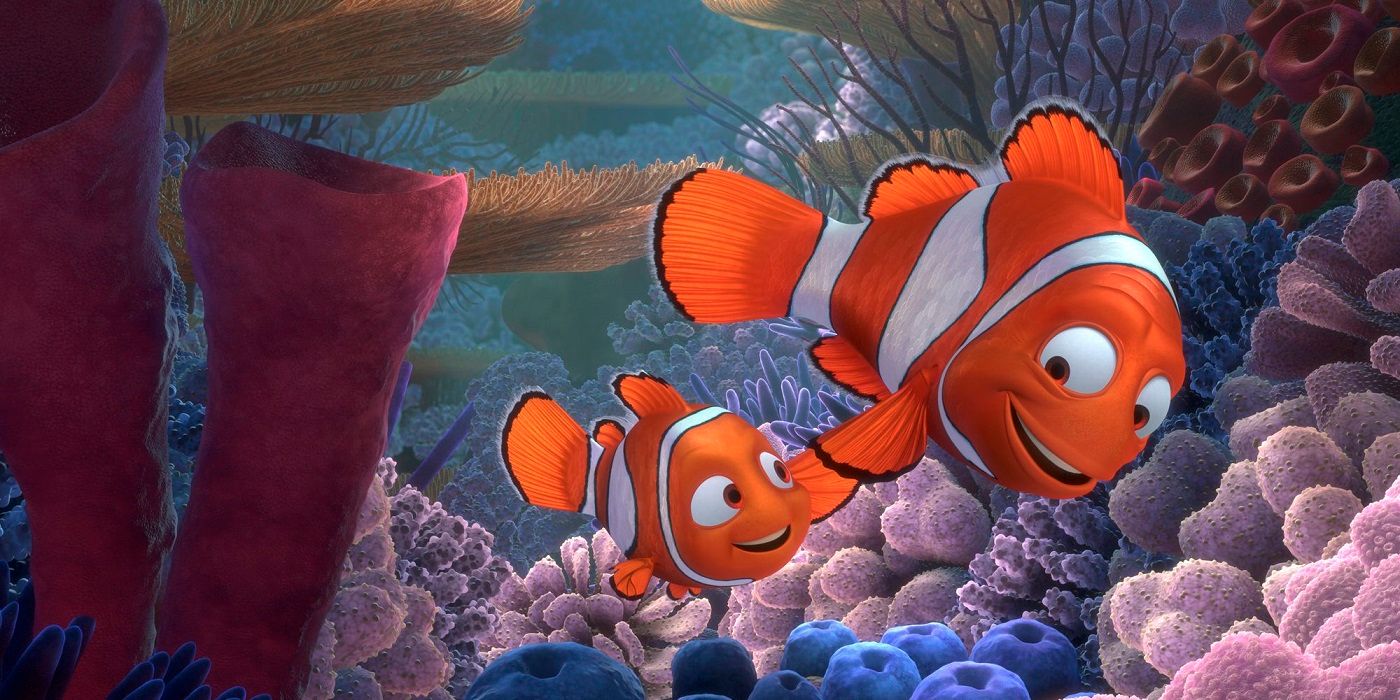
Who knew looking for a fish could be so enjoyable? Pixar is famous for its all-ages appeal, and though Finding Nemo is clearly aimed more toward little'uns, the 2003 smash captures the ocean's wonder like no animated film since The Little Mermaid. In a void of endless blue, Finding Nemo accentuates its characters, boasting one of Pixar's best-ever line-ups, from Crush the stoned turtle, to Bruce the vegetarian shark. Some of the jokes might come across juvenile to the adult viewer, but Finding Nemo compensates by partially framing the narrative from the perspective of Nemo's overprotective dad. Finding Nemo represented the next stage of Pixar's evolution, arguably the biggest leap forward since Toy Story, and cemented the studio's position at the pinnacle of western animation. While the 2016 sequel and gritty Liam Neeson remake couldn't quite match up, Finding Nemo's appeal is as enduring as the tide itself.
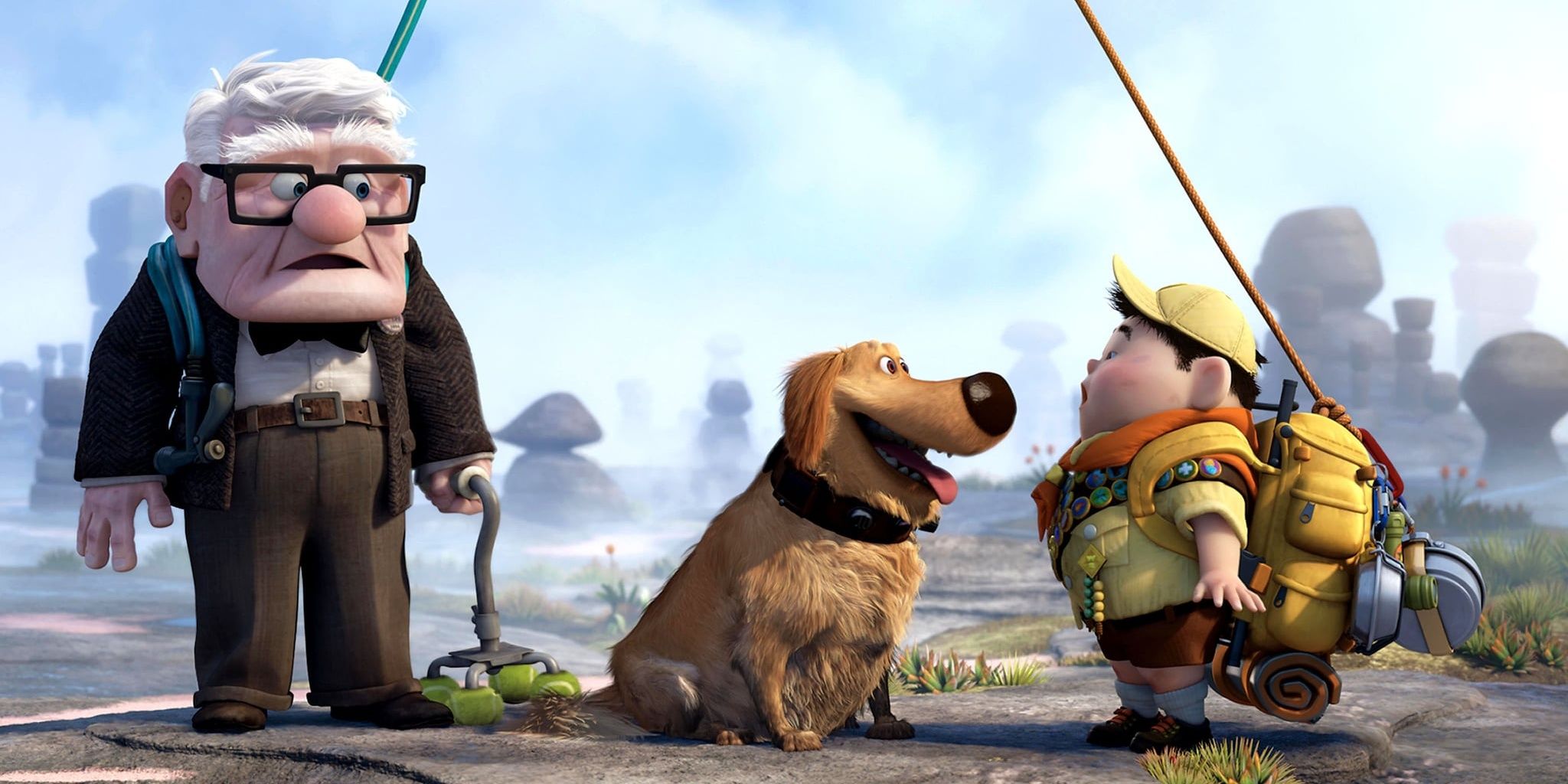
The infamous Up opening sequence is Pixar in a nutshell - endearing characters that are animated beautifully and leave you crying at the end. The rest of the movie isn't bad either, following old-timer Carl, overly-enthusiastic youngster Russell, and talking dog Dug, Up unites generations by proving pensioners might have more in common with "kids these days" than either would think. An unconventional tale about grief and purpose, the colorful balloons on the poster betray just how emotionally powerful Up can be, recalling the works of Studio Ghibli in its effervescent tone and whimsical nature.
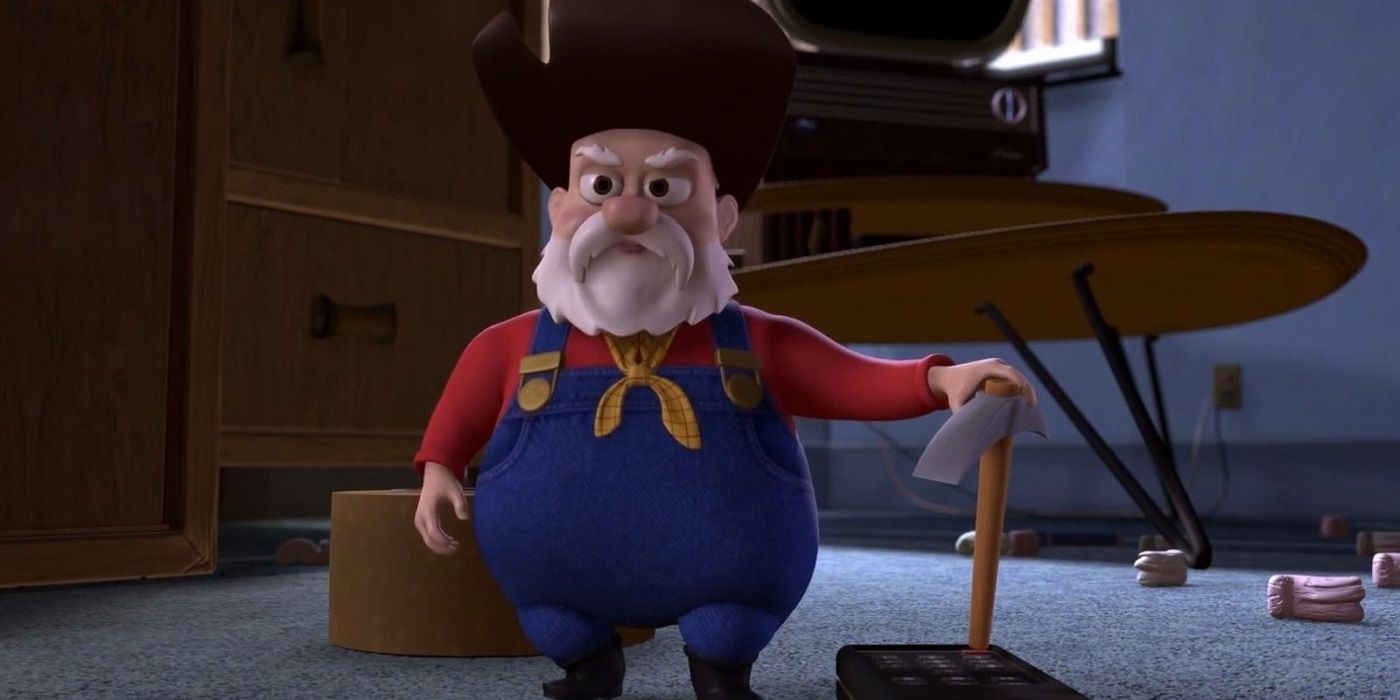
Toy Story 2's production was anything but smooth, but somewhere in the midst of arguing with Disney and almost deleting two years of work, a true classic - animated or otherwise - was born. Living up to the original Toy Story was always a tall order, but Toy Story 2 rises majestically to that challenge. Each of the new characters feels at home among the existing cast, the animation is vastly improved (see Woody's restoration sequence), and the story evolves in a manner that's natural and self-aware. Toy Story 2 also began Pixar's tradition of hitting audiences straight in the feelings thanks to Jessie's backstory - a scene we still can't think about without getting misty-eyed. Other than The Godfather and Back To The Future, it's hard to remember a sequel that matched the greatness of its predecessor with such panache.
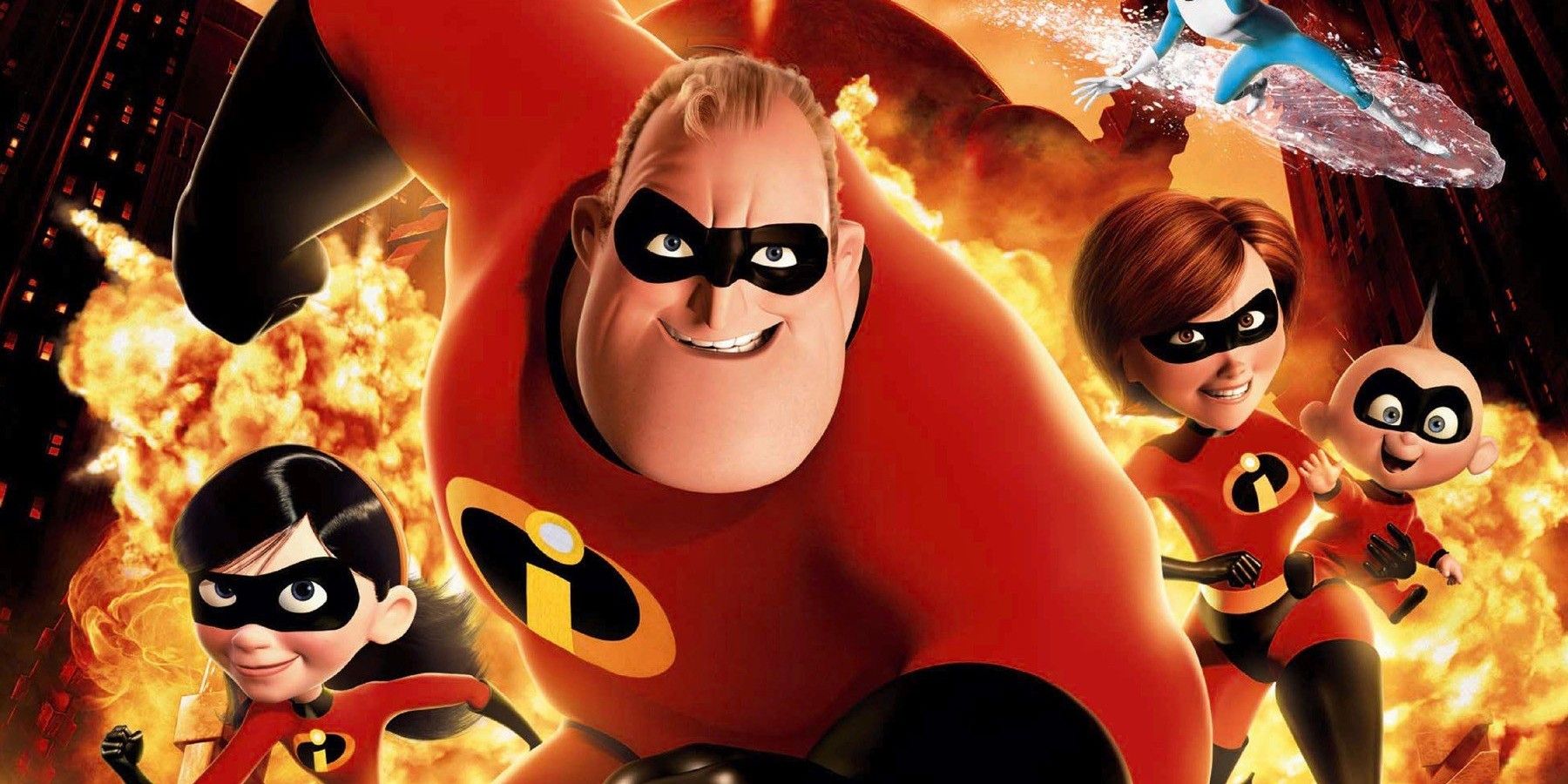
If Incredibles 2 didn't quite earn the expected level of acclaim , that's only because it had so much to live up to. Brad Bird's 2004 superhero movie succeeded on every level, ranking not just among Pixar's greatest, but also rubbing elbows with the very best from Marvel and DC. The Incredibles' superpower is its authentic tone - somehow managing to ascend beyond animation to depict family life better than the vast majority of live-action comic book fare. The Incredibles added another string to Pixar's bow too, both in terms of action and, more importantly, human lead characters. Previously, the studio had only projected human characteristics onto animals, objects or monsters, but the Parr family proved Pixar's CG could craft human characters with a full range of emotions and expressions.
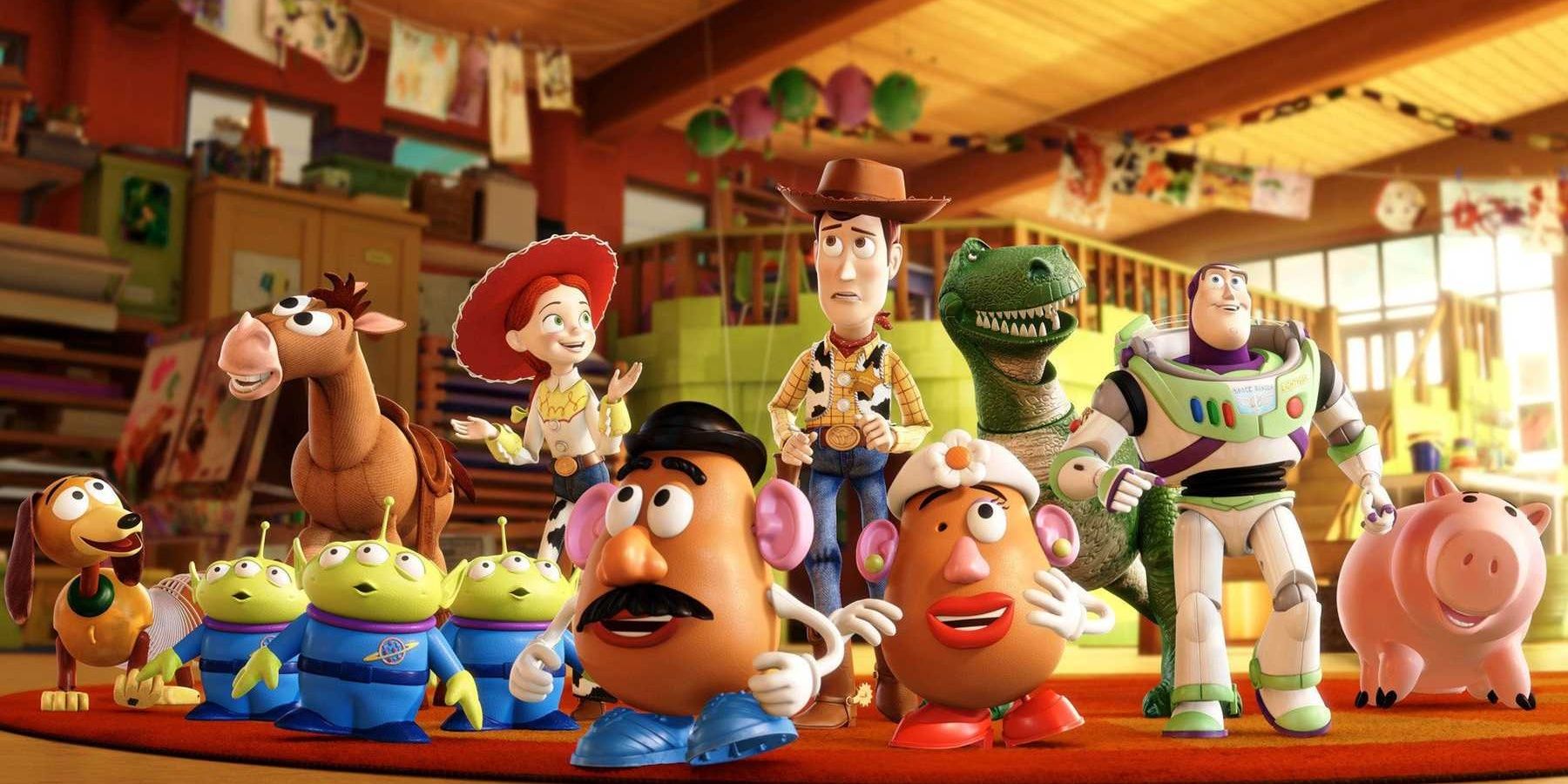
And then they did it again. Over a decade on from Rex's epic battle against Emperor Zurg and Woody's unceremonious shelving, many questioned whether Pixar could conjure the same magic in a third Toy Story. Lee Unkrich and the gang answered those concerns by modernizing the Toy Story DNA. Respectfully progressive, Toy Story 3 is the natural conclusion to the story of Andy's room, with the boy himself finally leaving home for college. As Woody attempts to keep his friends together and stave off an existential crisis, Toy Story 3's Sunnyside Daycare setting (along with its villainous Lotso bear) is a stroke of genius that proved Toy Story had more gas in the tank than some gave it credit for, even coming close to topping the original. So long, partner.

Pixar gave feelings to toys, fish, monsters, and cars - it was only a matter of time before it gave feelings to feelings. Inside Out is a modern masterpiece that encapsulates everything Pixar is known for, while still moving in unexpected and daring directions, and few explorations of the human mind highlight mental health in such sensitive (and such entertaining) fashion. Much of the action takes place within the head of Riley, with all her emotions and memories represented by amusing cartoon sprites, telling a coming-of-age story from the closest possible perspective. Inside Out wonderfully represents the power of animation as an art form, not just in the amazing visual feat of mapping out Riley's brain or the well-rounded and expertly voiced cast of characters, but also as a reflection of how emotions are processed, handled and perceived in the real world.

Though Pixar is known for its ambition, releasing a blockbuster with almost zero dialog must've sent shivers down spines at Disney. Andrew Stanton knew better, and WALL-E shuffled his rusty way into our hearts. The attention to detail and gorgeous futuristic backdrops are unlike anything seen previously on the big screen. Who would've imagined Pixar's animation prowess could extend to post-apocalyptic science fiction so easily? The silent love story of WALL-E and EVE, conveyed solely through movement and noises, shows beauty in simplicity, and the social commentary on consumer culture adds a welcome edge to what might've been a twee space romance otherwise. WALL-E was a film the likes of which had never been seen before, but that little robot left a big mark on Hollywood.
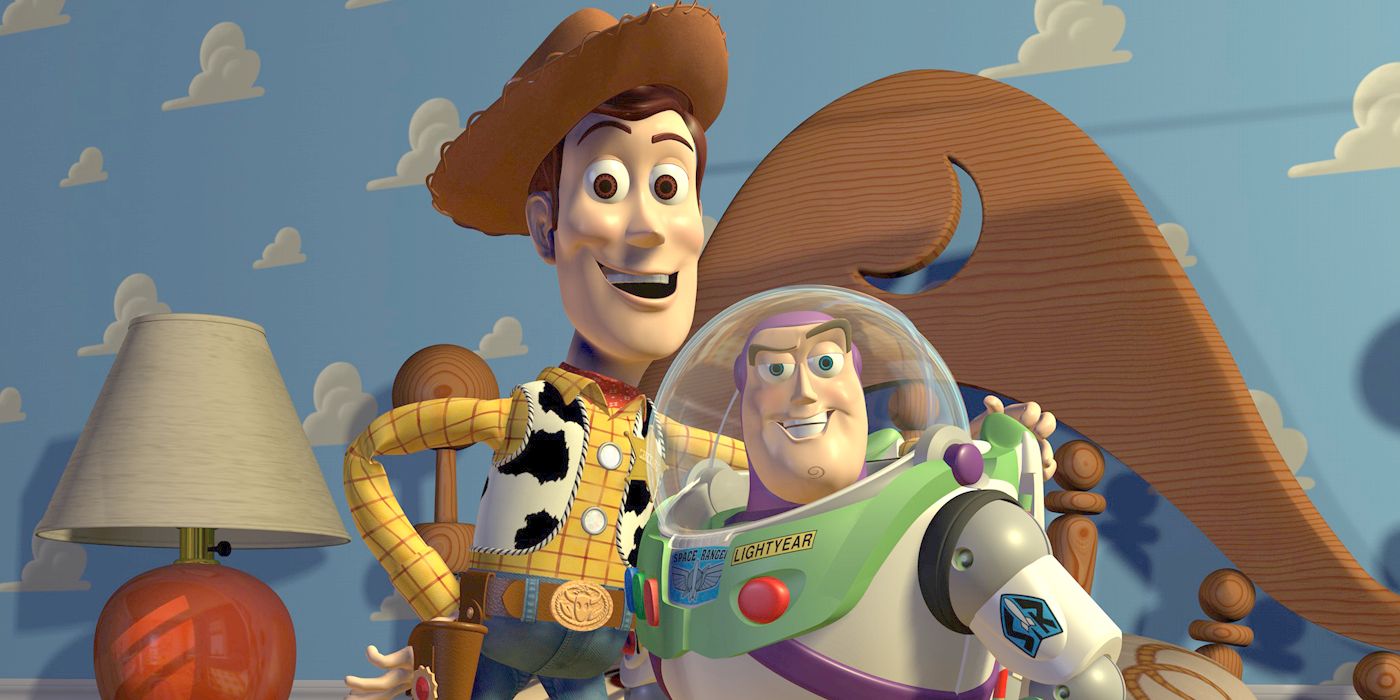
You can point to the family drama of The Incredibles, the intelligence of Inside Out, or the wonder of Finding Nemo, and you'd be absolutely justified on all three occasions. But when discussing the best film to ever emerge from Pixar's hallowed halls, it's impossible to look beyond the company's very first outing. With its rudimentary CG animation and a string of sequels, it's all too easy to forget how vital, vibrant and revolutionary Toy Story was upon release in 1995. In an industry where technology moves forward constantly, it's also testament to Toy Story's success that the plot, world and characters hold up just as well almost 30 years later. Every single frame is dripping with humor, detail, intrigue and meaning, and even after endless revisits, fans can still find something new each time they return. Pixar may have made better looking films, smarter films, funnier films, and more ambitious films - but before all that, it made Toy Story.
https://ift.tt/3e4axXL
July 10, 2021 at 12:55AM




